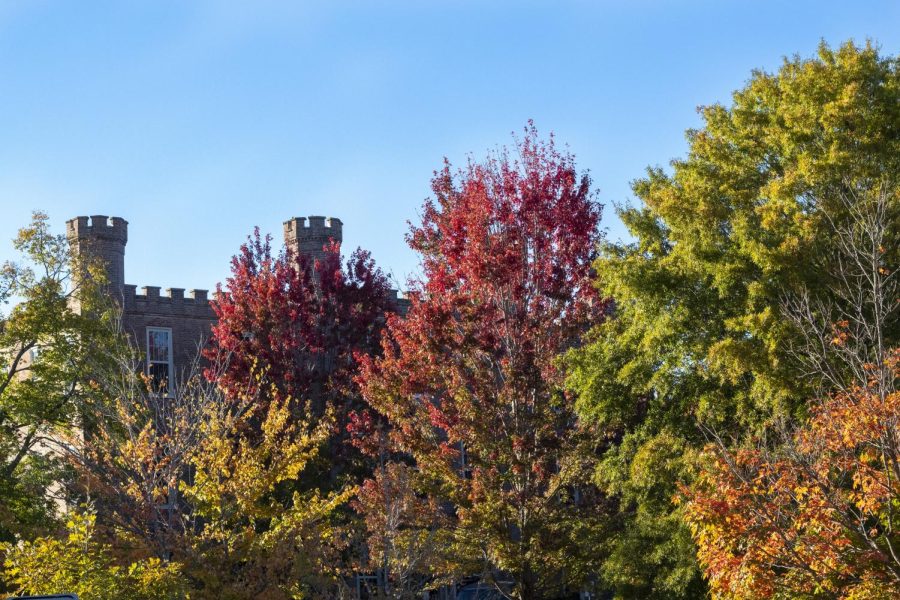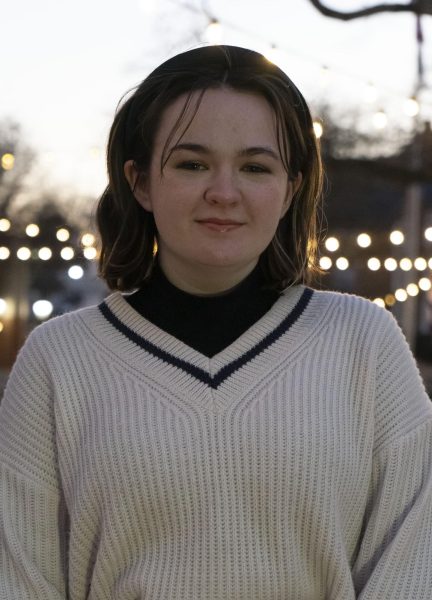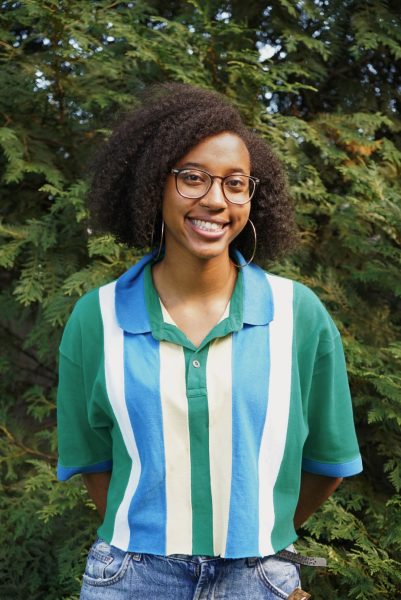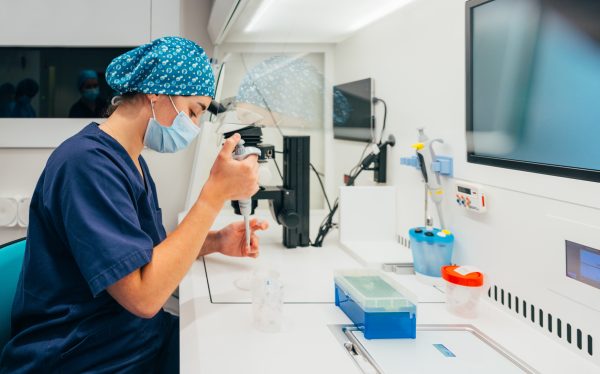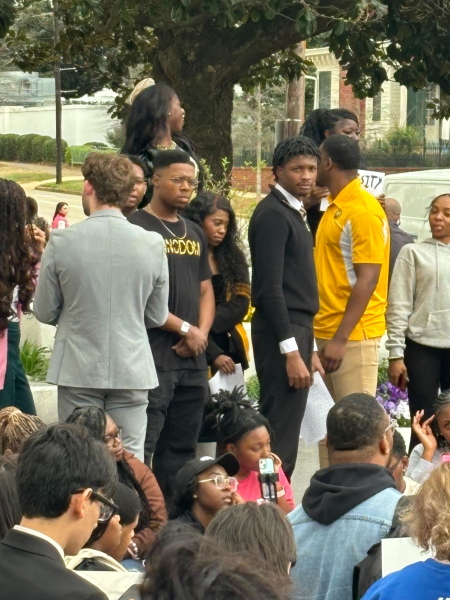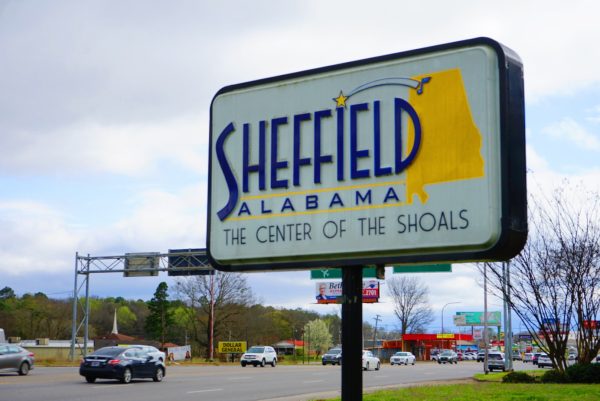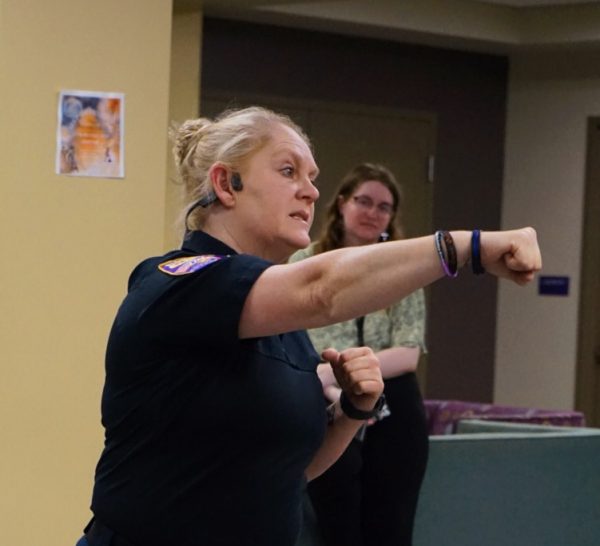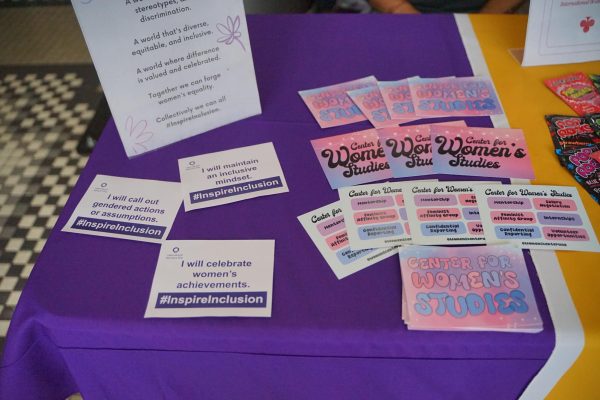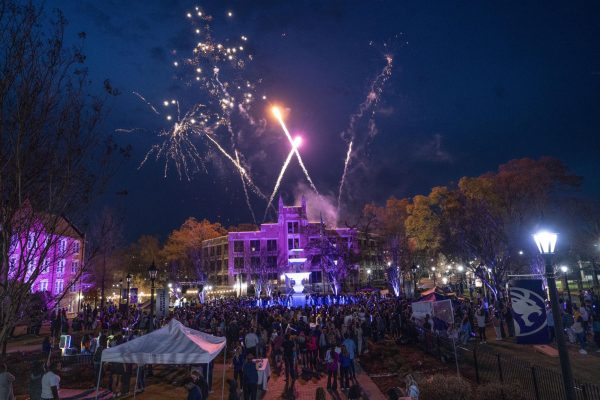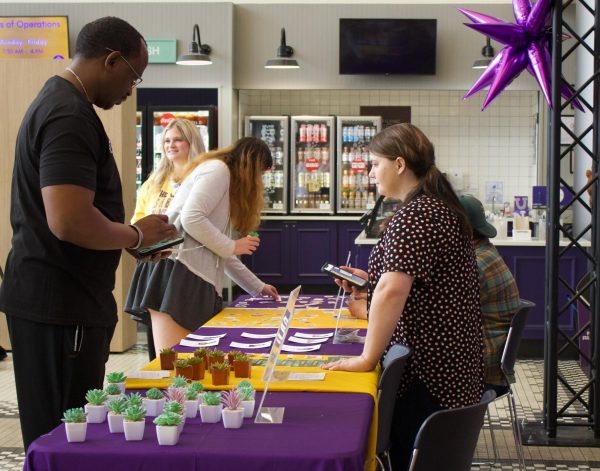UNA’s ghosts remind Florence of its history
October 20, 2022
Having been in the Florence area since 1855, UNA is destined to be subject to a rich folklore regarding the supernatural. Whether it was offhandedly mentioned in a campus tour or used as an excuse for faulty lighting, most students have heard about the ghosts that roam the halls of many UNA buildings. UNA has history etched into nearly every wall and stone.
“When we talk about UNA being haunted, it’s not an uncharacteristic thing for buildings on a historic campus,” said University Historian Dr. Jeffrey Bibbee. “We’ve been here since 1855. There are buildings on the campus that are even older than that that have become part of the university. It’s not a shock that there would be stories and legends and myths tied to those buildings.”
To show off UNA’s haunted history, the UPC hosts a Ghost Walk yearly to tour campus’ most haunted sites.
Guillot University Center
Perhaps UNA’s most famous (or infamous) ghost is Priscilla, who is said to haunt the Guillot University Center. When the stories of her haunting began, the GUC was O’Neal Hall. O’Neal Hall was the women’s dormitory when UNA was still called Florence State College. The building was erected in 1913 and was replaced by the GUC in 1986.
Priscilla’s origin story varies by storyteller, but the one consistency among each tale is that she took her own life in an elevator shaft. Some say she was distraught over low grades or an unrequited love. There is no concrete year in which her hauntings began, but according to local author Debra Glass, reports go as far back as 1984.
She is a mostly benevolent spirit, as her cries only serve to spook those who happen to hear them.
Wesleyan Hall
Another common haunting spot is Wesleyan Hall, which houses the Department of Psychology and Sociology and the Department of Foreign Language. Wesleyan has been a part of the university since 1856. It served as the main hub of the university. At one point, it included a library and served as an administration building for 10 presidents. During the Civil War, the lecture hall was overtaken by Union troops led by William T. Sherman.
Nicknamed Turris Fidelis to some, the ghost that haunts Wesleyan Hall has an ambiguous past. Some allege he is the son of a Confederate soldier, others suggest he may be a soldier or even Sherman himself.
The most popular story is that of Jeremiah, a young boy who was either a drummer boy or the son of one of Sherman’s officers. Young Jeremiah went for a swim in Cyprus Creek and drowned. Some allege that his watery footprints can still be heard on the second and third floors of Wesleyan. His form has also been seen by some.
Another version of the story involved Florence citizens kidnapping the boy in the hopes of deterring Sherman from burning the city. He was returned unharmed after Sherman threatened to burn the city anyway. In relation to this story, it is theorized that Turris Fidelis is the Sherman or boy’s father exacting revenge on those who kidnapped Jeremiah.
In a Flor-Ala article from the 1950s, writer Joanne Harvey claimed to see Sherman’s ghost in the lecture hall. She went to Wesleyan alone at night to find Sherman in a third floor office. They had a short conversation in which Harvey revealed she was a writer doing research. Sherman claimed to be doing research of his own, attempting to locate who kidnapped the boy. Harvey hastily left.
The Off-Campus Book store (Library Storage)
The former Off-Campus Bookstore, which now serves as off-campus storage for Collier Library, sits at 472 North Court Street. It formerly served at the Kappa Sigma Fraternity house but underwent renovations in the 1980s to become a bookstore.
The usual story goes that a young girl named Molly was residing with her family in the home. Her dog was rabid and bit her small hand, infecting her with rabies. Another version goes that she and her dog were in the street and she was struck down by a car.
Molly may be one of the most active ghosts near campus. She has been spotted as far back as the 30s, waving to students during a homecoming parade. Some have reported encountering her. She always seems to have the same question, “Have you seen my dog?” Bookstore workers have also noted that candy seemed to go missing from the candy jar.
She seems to be a fairly benevolent ghost, as most encounters only report slight mischief at most.
Coby Hall
Coby Hall was originally known as Courtland Mansion. It was built in the 1830s for John and Margaret Simpson. The couple quickly became an integral part of the community and were known to throw lavish parties. During the Civil War, while the home was owned by the Irvines, both Confederate and Union troops occupied the mansion. In the 1990s, the home was donated to the university. Coby Hall now houses UNA Admissions and Recruiting.
Author Debra Glass says the folklore behind the ghost story usually involves a university professor, Dr. Harrington, developing a deep crush on Margaret Simpson after dancing with her. Margaret’s brother, John, took offense to his affections and sought him out. The interaction ended in John’s death.
The ghost that is often associated with Coby Hall is a woman in a while blouse and navy skirt. She is benevolent as well, however she enjoys entertainment and is apparently particular on how the house is kept. Some think the ghost is Margaret, the original lady of the house.
Norton Auditorium
Norton Auditorium was built in 1968, making it one of the more recent additions to UNA.
Despite its newness, it is not without its own lore.
The ghost of Norton has no real background and he was named by students. George is a mischievous spirit, often causing malfunction in lights or eerie footsteps on the catwalk above the stage.
Some believe he was a construction worker who died while working on Norton, but he could very well be a former resident of one of the homes that was torn down to make room for the new
auditorium.
Willingham Hall
Willingham Hall is somewhat of an underdog in comparison to the other haunted spots on campus. It was originally the site of the Locust Dell Academy, an all-girls school, from 1834 to 1843. In 1939, it served as a men’s dormitory. Nowadays, it houses the Department of English, the Department of History and the Department of Politics, Justice, Law and Philosophy.
Its haunting has no real name or creative character to it, but faculty have reported that hearing footsteps and pounding while alone. Some report seeing a little girl running in the corridors, which may be tied to Willingham’s Locust Dell days.
–
Bibbee is aware that folk tales can sometimes simply be folk tales. The stories become easily conflated and twisted with every storyteller. Many of the ghosts and their subsequent backstories cannot be confirmed.
“These buildings often had a life before they were part of UNA,” Bibbee said. “We think of places like Rogers Hall and Coby Hall, [they] were homes where families lived. They have stories that tie not just to the institution’s history but to their previous existence.”
For skeptics, many of these apparent ghosts can be dismissed as simply a noise in the night or creaky floors in an old building. The history of the buildings add to the “spookiness” of the stories. Places with rich history tend to be subject to folklore and ghost stories.
“There are lots of people that have walked this campus and lived in these buildings and been part of what we think of now as UNA,” Bibbee said. “This is just a little way of keeping their memories and stories alive.”
UNA’s buildings have developed a personality of their own. With its long history, an endless amount of stories have taken place within the walls of each building on campus. Thousands of people have walked along Cramer Way with the hopes of furthering their education and leaving a mark somewhere.
“Think of everybody who’s walked those floors and everybody that’s stressed over an exam,” Bibbee said. “Everybody who has celebrated, whether it’s graduation or special moments in their lives. Exciting things have happened and maybe even sad things. [Students] have formed a community that’s celebrated and mourned together. We don’t want to ever forget that these are living and breathing places.”


